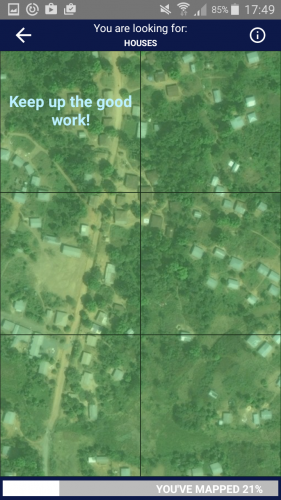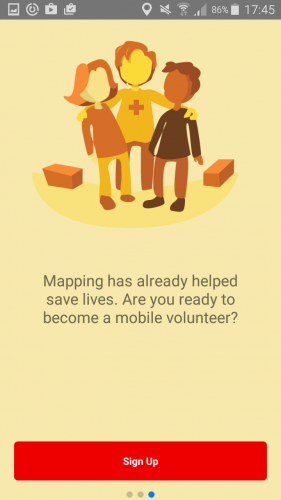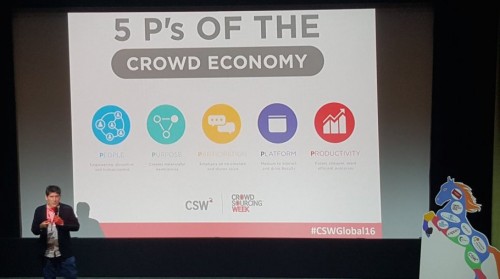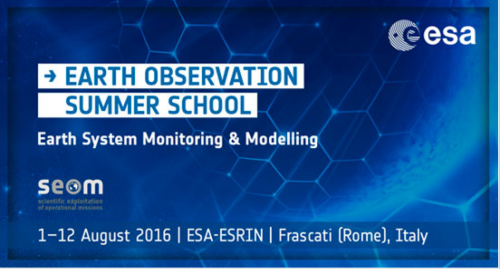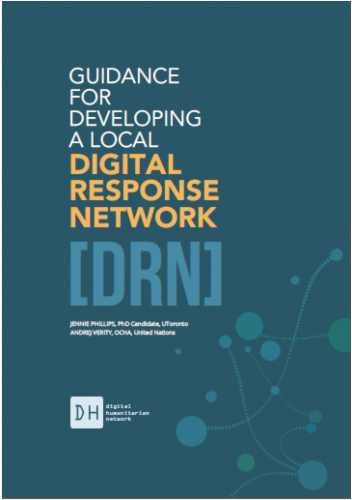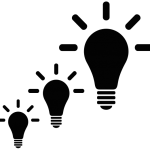[Ed. note: This is the full article submitted to the World Economic Forum report. Thanks to Shannon Dosemagen and Claire Wardle for their editorial guidance]
People use social media during emergencies. The speed and volume of online information is increasingly overwhelming to humanitarians. Digital humanitarians and individuals have organized into skilled teams to decypher the signal to the noise as well as seek valid, accurate and actionable data. These teams work in parallel to humanitarians with digital forensics, mapmaking, data mining, curation and conversations. Communication is aid and social media is part of this toolset. The complexities of privacy, power and access are just some of the gray areas as humanitarians and communities work to help those in need.
Introduction
Seeking to “do something”, more and more people are answering the call to action with each emergency. Digital responders or “digital humanitarians” log online at the speed of news spreading. Individuals and teams “activate” based on skillsets of volunteer and technical communities (VTCs). These digital responders use their time, online or technical skills as well as their personal networks in attempt to help with information overload. The terms often used to define these contributors in the humanitarian space includes remote help, citizen engagement, citizen response, localized community, civil society and global civic technology. Some participants are new to online humanitarian response, but have found a topic or location that drives their passion to get involved. This surge of participants is often just as chaotic as the actual physical emergency response. People are compelled, at a dizzying pace, by the fact that many parties require valid, urgent and actionable data. Focused on the needs of the citizens in the affected areas, informal and formal networks collaborate and sometimes collide in the effort to make sense, identify needs or stories and action this user-generated content. With a combination of will and skill, they create updated maps, datasets, information products and, even, communities (both online and offline networks). The global growth of these activities is based on access to information, connectivity and language skills as well as digital literacy levels. There are efforts to become more inclusive while respecting local language, culture and knowledge. The mantra by most digital responders is “support” not “supplant” local citizens, humanitarians and emergency responders.
The role of digital communities in humanitarian response has been well documented from the UN Disaster 2.0 report to the rise of the CrisisMappers Network and beyond. A starting point might be the use of online bulletin boards (BBS) and mailing lists in responses to Tsunami in Asia followed by a parallel timeline for most small and large humanitarian and conflict crisis since 2004. The tools and volume change over time, but the propensity to connect and potentially help occurs with each incident. The fact is that every day there is a local or global emergency (slow onset or immediate), and there is a flood of online communications (social and messaging) that follows immediately afterwards. The amount of news and citizen data saturates online spaces with such speed that accuracy and priority items become a blur. This user-generated content comes in many forms: text, photos, aerial and satellite imagery, video, and more. Digital responders learn and refine techniques with each response.
Humanitarians and citizens are overwhelmed by the speed of change and the onslaught of information.
In the five years since the Haiti earthquake, there has been a steady progression of change. There is resistance to incorporating social media into humanitarian information workflows. Often, this is due to process changes, trust, accuracy and fear of change. People who create user-generated content (UGC) are often considered outliers and have not yet gained the trust of leaders within official institutions. And, having people in the affected regions use these tools to help each other or ask for help changes the information flow from one way to two-way. Humanitarian institutions simply change at a slow pace. These institutions also have a low capacity to review information outputs or the funds to incorporate UGC into their process. Plus, they often do not understand the tools and techniques by which these online/offline communities connect. The conundrum is that UGC and citizens are simply changing faster. As such this gap is being tested and often fulfilled in new ways.
Across the world there are branded hubs, labs, fellowships, meetings, conferences and research, (so much research!). Governments, International Non-Governmental Organizations (INGOs), Non-Governmental Organizations (NGOs) are all working on various projects. How can these new voices and communities become part of the humanitarian apparatus? From Unicef Innovation to Ihub Nairobi to Kathmandu Living Labs to UN Global Pulse Jakarta, there many new spaces to observe and create solutions. There is a parallel stream with the Code for All community and other civic technology or humanitarian technology/research communities who aim to connect software developers, data scientists and designers to solve hyperlocal issues with official organizations. Code for All has grown from United States to Japan and beyond. Their goal is to connect local communities and governments with digital technologies and problem solvers for all issues. The intersection of these two movements is inevitable in risk prone areas.
What is the scope of these Digital Response communities and how effective are their efforts?
The Digital Humanitarian Network consists of many groups, from those that create maps, like Humanitarian OpenStreetMap Team, to those who curate social information like Humanity Road and Standby Task Force to bridging language skills via Translators without Borders. Ranging from small tasks to big asks, digital responders coalesce during an emergency. Over 2800 people contributed to Nepal Earthquake response with small tasks like MicroMappers by making quick decisions about text or images. These curated information insights were used by over 250 organizations to make decisions about various needs for the response, including damage assessments and aid distribution. The UGC could be created by anyone, but someone needs to parse the data, find the key points and match these core items to needs and actions. In reviewing the IP addresses of contributors, Qatar Computing Research Institute observed that the majority of these digital MicroMapper helpers were from northern countries.
For the Nepal Earthquake Response, over 7500 people contributed to improve OpenStreetMap in a short span of time. OpenStreetMap is a the Wikipedia of maps creating a large free and open dataset which anyone can use. Humanitarian OpenStreetMap Team (a VTC) creates tools and training to support mapping for humanitarian response and economic development. The Nepal earthquake response was co-lead by Humanitarian OpenStreetMap Team and Kathmandu Living Labs. Kathmandu Living Labs, started in 2013, creates local data and map solutions and partnerships, for Nepal. They have steadily built a local community of mappers trained in OpenStreetMap plus they mapped the country. Over the years, they have also built relationships with local partners from emergency responders to universities. When the Nepal Earthquake struck, they lost their office and a day’s work. Meanwhile, remote digital responders in the Humanitarian OpenStreetMap Team (HOT) community activated. HOT, with generous support of partners, obtained both pre- and post disaster satellite imagery to trace the regions of Nepal that might be affected.
Once Kathmandu Living Labs returned online, they worked very closely with the global and local community, which included responders like the American Red Cross, Canadian Armed Forces, Nepal Red Cross and Nepal Civil Defence. Mappers traced and created millions of edits for roads, infrastructure, helicopter pads, and potential emergency zones. The map products were then added to devices, printed and shared among responders to help with logistics and overall response. Humanitarians are collaborating side-by-side with digital responders and civic technology communities. The HOT Activation team advised the global community of mappers where to map based on official needs as directed by emergency managers as well as via Kathmandu Living Labs. Online communities are stitched together with local civic technology communities. They connected via skype, IRC (internet relay chat), Twitter, Facebook, G+, Instagram, mailing lists, websites, and wikis.
The networks, while informal, are all driven by the common vision of UGC for humanitarian response. Simply put, they move fast and have initiative to do the needful. For example, the OpenStreetMap Japan Foundation community translated the Guide to Mapping Buildings in Nepal from the Kathmandu Living Labs. So, one former disaster affected civic technology community activated to aid another transferring skills and supporting the digital need. No government or formal institution advised that this was required. People simply self-organized based on digital responder knowledge and the desire to help their digital neighbour. While the processes are not yet seamless, the gap between official and informal is closing with each response.
The World Humanitarian Summit, scheduled for May 2016, includes a consultation stream called “Transforming through Innovation”. The reports are glaring in their observations of NGO needs, power imbalances across the globe and, even, the desire for new technical skills to problem-solve. The Doha Youth Declaration for the World Humanitarian Summit consultation cited the need for more digital technology training, like the ones noted above. They cited a gap in training for civil society organizations across the globe, but especially in disaster risk areas. The Children and Youth Major Group has set up a working group to investigate implementation of digital training among other suggested outputs. In the months leading up to the summit there will be more reports analysis about innovation and scalability. Most of these are being shared widely via the WHS website or #ReShapeAid hashtag on twitter. But, the parallel system highlighting growth of digital responders can be found via hashtags like #civictech or website like Civicist or Code for All.
Despite the efforts of digital responders in the past five years, there is still also a gap in funding models. The skilled groups create tools, training and techniques which are increasingly invaluable to humanitarian needs. Yet, traditional donors do not consider them a right fit in NGO models, nor are they pure social entrepreneurs who can garner support from VCs or big business. A bright spot is that some NGOs are starting to get digital savvy by hiring data scientists/crisis informatics expertise (NetHope), GIS Professionals (eg. MSF, ARC) as well as software developers and social media curators. Plus there are programmes like Missing Maps that connect official organizations like HOT with MSF, American/British/Dutch Red Cross and CartONG to map the most vulnerable places in the world.
The Future
Community networks are blurred between offline and online. Social Media has become an essential service. People go online during all emergencies seeking information about “What is happening” and are their connections ok. Recently, the attacks in Paris, Beirut and Mali demonstrated that the pace and complexity of UGC is shifting more. The Facebook safety check is a tool that allows users to “check in” as “ok” in a specific affected area. This “check in” alerts individuals within a network. It is a newer feature widely used after the Nepal Earthquake. The surge of support to increase social sharing by key tools was demonstrated by online requests and the subsequent decision by Facebook to include Safety Notifications in conflict areas. After the Paris bombing, Facebook received overwhelming social response to make this feature available for more events across the world. Facebook agreed to open up this feature for more emergencies. There are questions about privacy of the individuals who use these tools during complex times. Data mining is part of Facebook’s revenue model with advertising. Digital Humanitarians are using social media tools for digital forensics to help affected communities and humanitarians. Concerns about who uses this data and for what purpose is ongoing. While the safety check is helpful on the surface, it could potentially put people in harm’s way.
Groupe Speciale Mobile Association (GSMA) reports cite the mobile use growth in the world. By simply overlaying a population map, it is clear that there is a correlation with youth populations. For affected communities and humanitarians alike, social media provides a massive shift in the information flow. New super skills will continue to build on the momentum to obtain and analyze aerial imagery for any digital response. Efforts will also continue to further the computational response by combining machine learning and human computing to parse massive datasets at high speed. It’s incredible to think about what will be possible in the very near future.
Three Challenges
- At the moment, the vast majority of social media is available via public posts. But with huge growth in private Messaging tools like Whatsapp, how will digital response incorporate data from platforms like this?
- In times of crisis, data becomes the lifeblood of managing humanitarian operations. But as access to data increases, how will people safeguard the privacy and security of those who need help?
- What role should the main social platforms play during disasters? Can these social networks work together more closely to coordinate their responses?
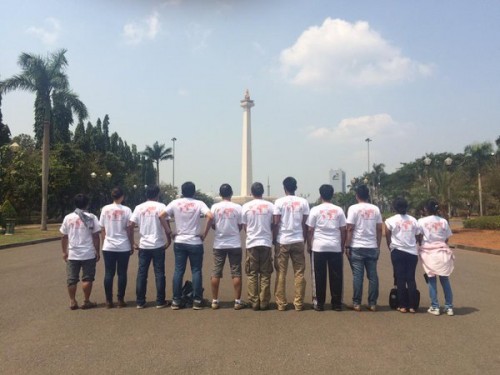
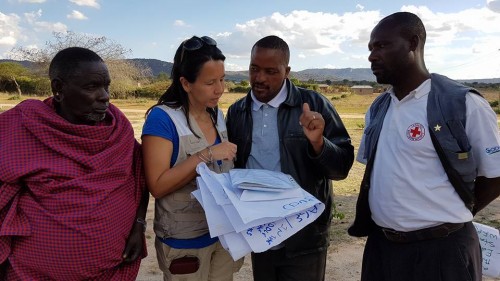
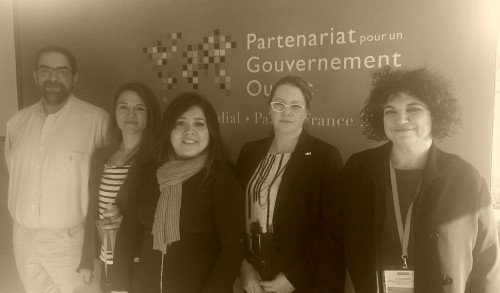
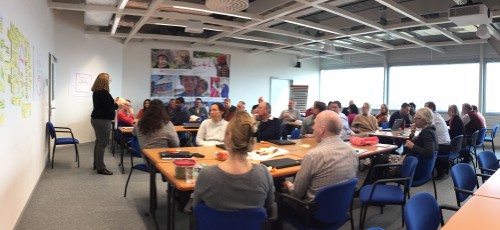
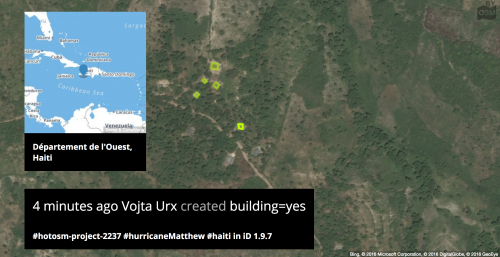

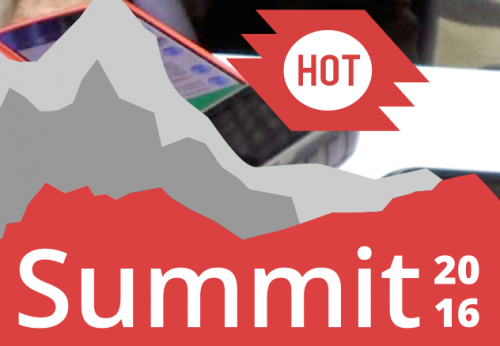
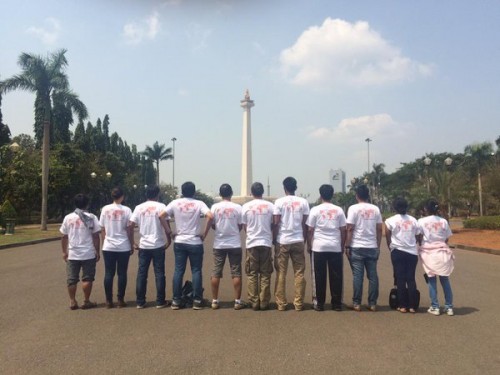

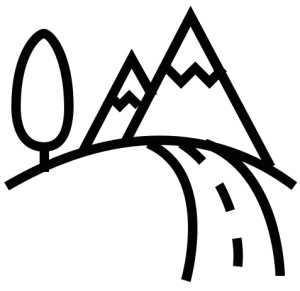
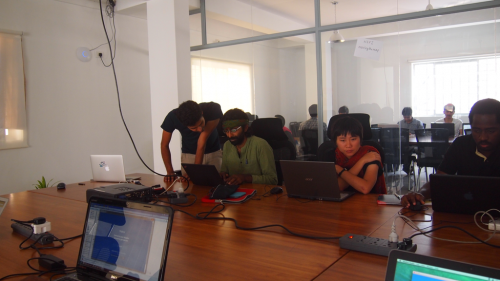
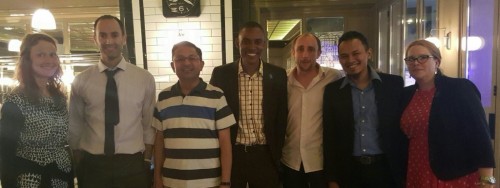

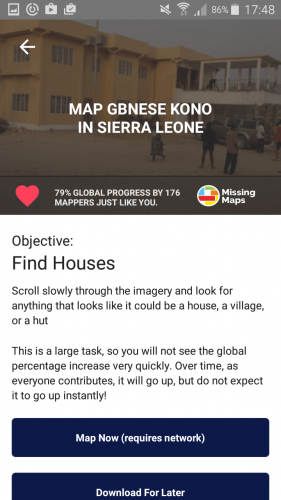 “In a humanitarian crisis, the location of the most vulnerable people is fundamental information for delivering food, shelter, medical care and other services where they are most needed. And, although it may be hard to believe, millions people around the world are not represented on any accessible map.” (
“In a humanitarian crisis, the location of the most vulnerable people is fundamental information for delivering food, shelter, medical care and other services where they are most needed. And, although it may be hard to believe, millions people around the world are not represented on any accessible map.” (